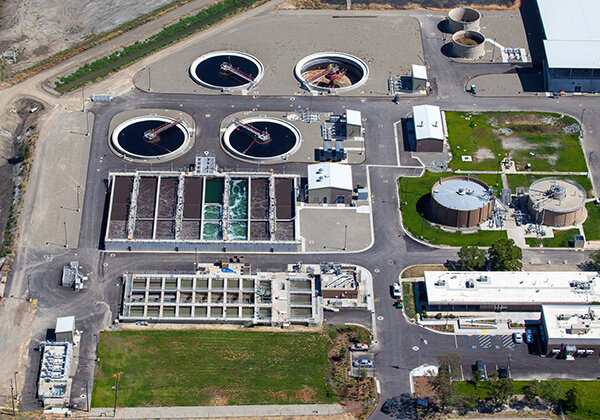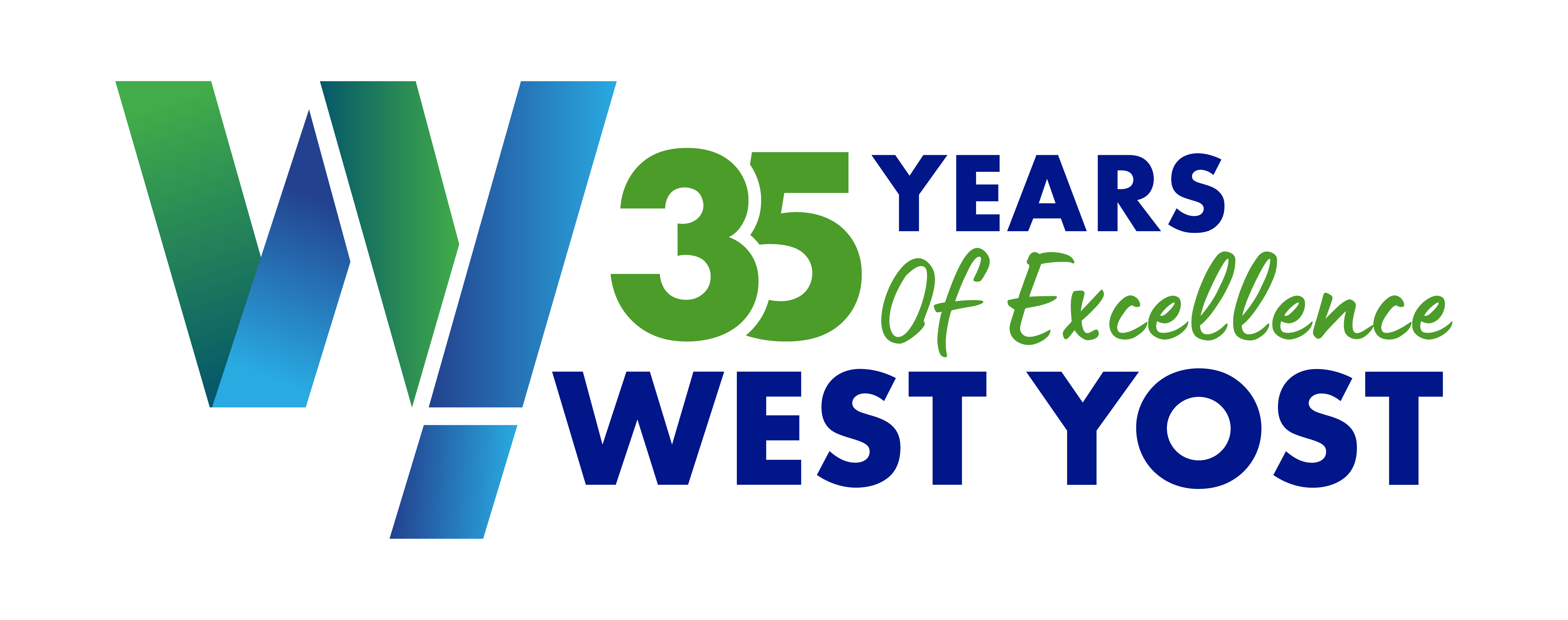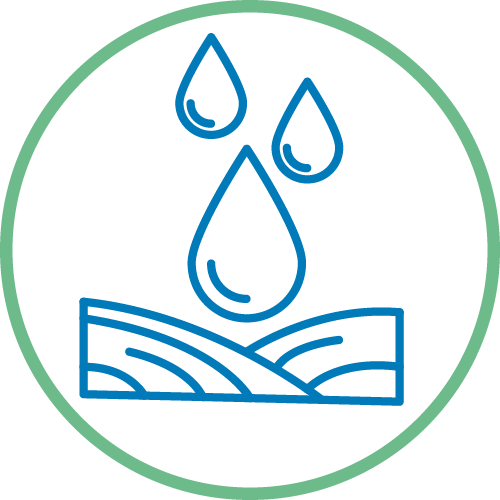
West Yost’s Services
Introduction to Our Business Sectors
We have nearly 200 employees focused exclusively on potable water, wastewater, groundwater, recycled water, and stormwater projects. We provide broad experience in master planning, design, construction management, hydraulic modeling, regulatory compliance, grant management, supervisory control and data acquisition (SCADA), operations technology and cybersecurity, alternative delivery procurement, and program management services.
We bring knowledge gained from the permitting and regulatory process into the planning and design of facilities that meet our clients’ performance goals. We apply our O&M and construction knowledge to the design process to reduce cost and risk during construction.
Please visit our service pages linked below for more information:
Services We Provide
Visit our service pages below to learn more about each business sector, view project highlights, and get to know some of our talented team members.





